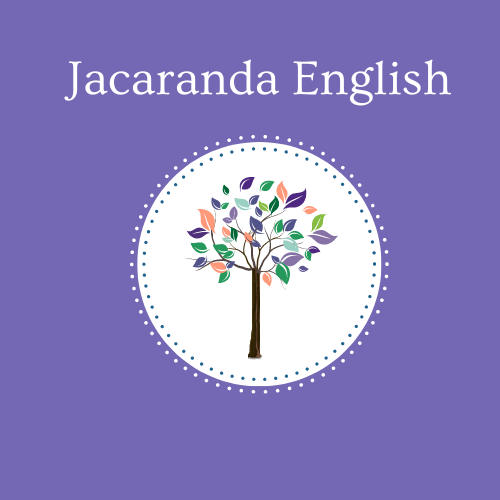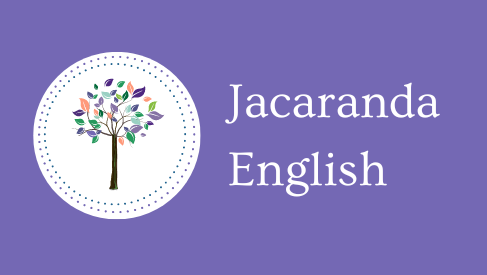When traveling, working, or living in another country, it’s essential to describe places effectively. This skill helps you navigate, socialize, and share your experiences with others.
Here’s a guide to mastering the vocabulary, structures, and expressions for describing a place.
1. Key Vocabulary
Geography and Location
- Urban settings: city center, skyscraper, suburb, downtown, bustling, cosmopolitan.
Example: “The city center is bustling with people, and the skyscrapers dominate the skyline.”
- Rural settings: countryside, farmland, village, scenic, remote, peaceful.
Example: “The village is peaceful, surrounded by rolling hills and farmland.”
- Natural features: river, mountain, forest, coast, valley, desert.
Example: “The coast is lined with sandy beaches and dramatic cliffs.”
Architecture and Infrastructure
- Building styles: modern, historic, colonial, traditional, minimalist.
Example: “The neighborhood features traditional homes with red-tiled roofs.”
- Transportation: public transport, metro, highway, bike lanes, pedestrian-friendly.
Example: “The city is pedestrian-friendly with bike lanes and efficient public transport.”
Climate and Atmosphere
- Weather: tropical, humid, mild, snowy, windy, dry.
Example: “The region has a tropical climate with humid summers and mild winters.”
- Atmosphere: vibrant, laid-back, lively, serene, hectic.
Example: “The atmosphere in the market is vibrant, with colorful stalls and lively music.”
2. Sentence Structures
Descriptive Sentences
- Use adjectives to add detail: “The town is small but charming, with cobblestone streets and colourful houses.”
Comparative Sentences
- Compare places to make distinctions: “This city is more modern compared to my hometown, with taller buildings and faster public transport.”
Cause and Effect
- Explain why a place is special or challenging: “Because of its location by the sea, the town enjoys fresh seafood and stunning sunsets.”
3. Expressions for Describing Places
Positive:
“It’s a hidden gem with breathtaking views.”
“The city has a rich cultural heritage.”
Negative:
“The area is overcrowded and noisy during peak hours.”
“The weather can be unpredictable and harsh in winter.”
Neutral:
“The park is well-maintained and frequently visited by locals.”
4. Practice Exercise
Task: Describe your favorite place in 3-4 sentences using the vocabulary and structures above.
Example Answer:
“One of my favorite places is Kyoto, Japan. It’s known for its historic temples and peaceful gardens, surrounded by lush green mountains. The city combines tradition and modernity, with bustling shopping streets and serene cultural landmarks. In spring, the cherry blossoms create a magical atmosphere.”
5. Tips for Fluency
Learn Local Expressions: Pick up phrases specific to the place you’re describing (e.g., “the big apple” for New York City).
Practice Listening and Speaking: Listen to travel vlogs or podcasts to hear how native speakers describe places.
Use Visual Aids: Practice describing photos of places to build descriptive fluency.
By expanding your vocabulary and practicing frequently, you’ll be able to describe any place vividly and accurately, whether it’s for a casual conversation or a professional setting.

